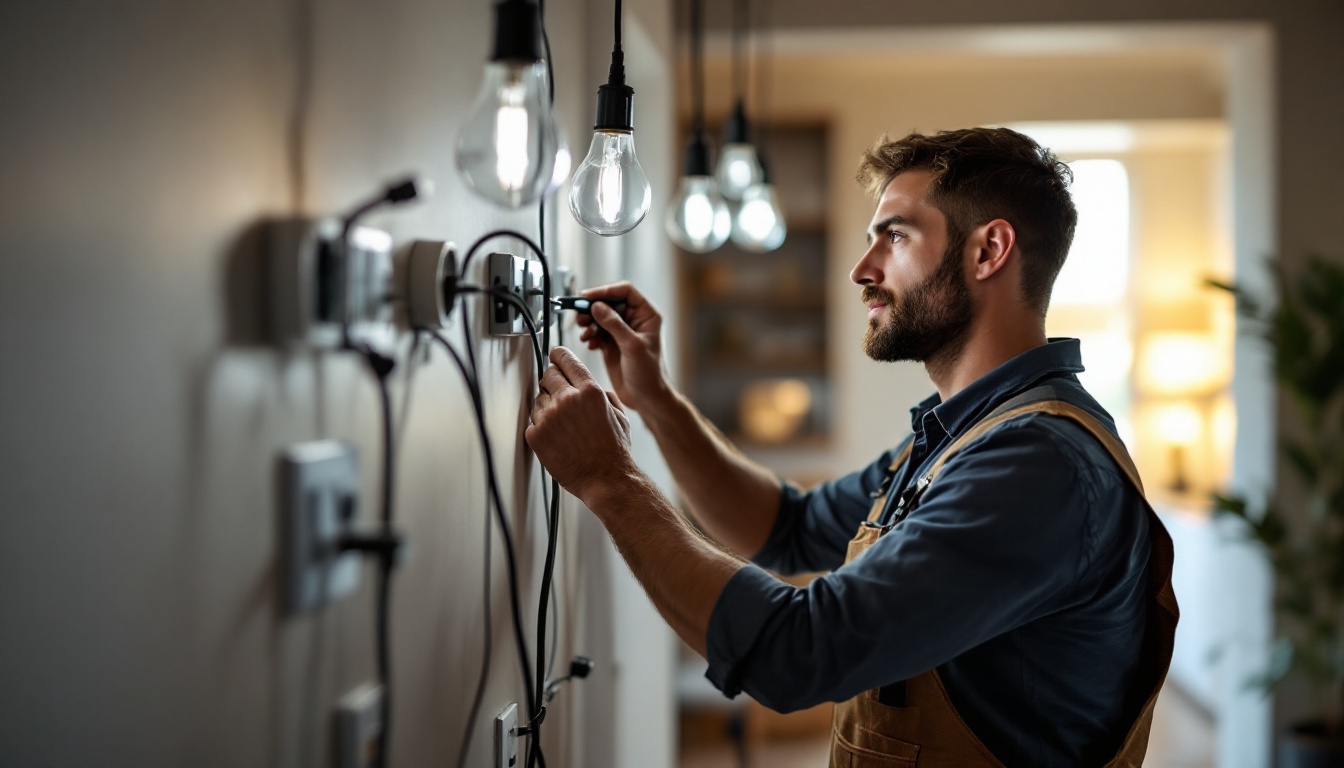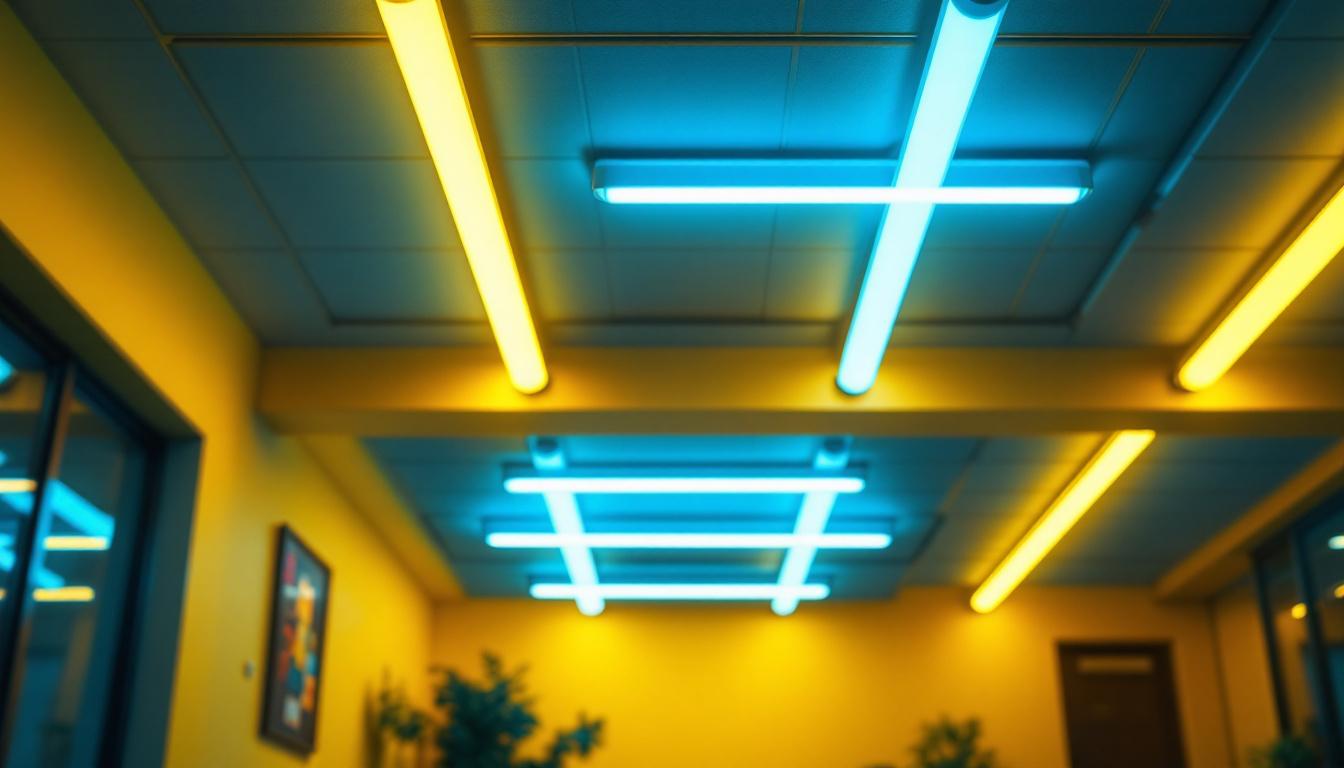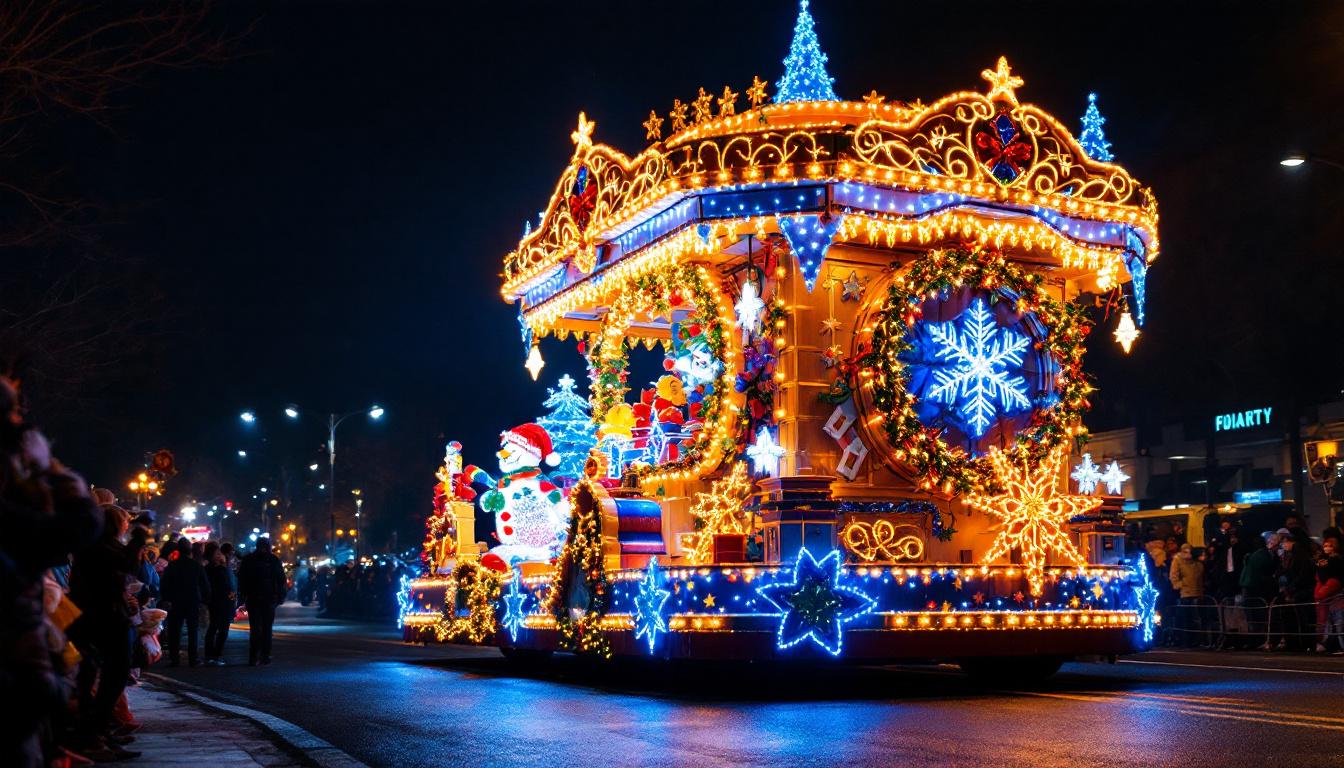
As a lighting contractor, understanding the intricacies of wiring configurations is essential for delivering effective and efficient lighting solutions. One common setup that often arises in residential and commercial projects is the three-way switch system controlling three lights. This guide aims to provide a comprehensive overview of how to implement such a system, ensuring both functionality and safety.
Three-way switches are designed to control a single light or a group of lights from two different locations. This is particularly useful in larger spaces or areas with multiple entry points, such as hallways or staircases. The fundamental concept revolves around the use of two switches that can independently turn the lights on or off. This functionality not only enhances convenience but also improves safety by allowing users to illuminate dark areas without having to navigate through them first.
In addition to their practical applications, three-way switches can also be aesthetically pleasing. They come in various designs and finishes, allowing homeowners to choose options that complement their interior decor. Whether you prefer a sleek modern look or a more traditional style, there is a three-way switch to match your home’s theme, making them an integral part of both functionality and design.
To successfully set up a three-way switch system, several components are necessary. The primary elements include two three-way switches, a light fixture, and the appropriate wiring. The switches themselves have three terminals: one common terminal and two traveler terminals. Understanding how these components interact is crucial for a seamless installation. Additionally, it is important to use high-quality materials to ensure longevity and reliability in your electrical system. Using subpar components can lead to flickering lights or even electrical hazards, making it essential to invest in quality products.
Moreover, when selecting your switches and fixtures, consider the electrical load they will handle. Different light bulbs, such as LED, incandescent, or fluorescent, have varying wattage requirements. Ensuring that your three-way switch system is compatible with the type of lighting you choose will prevent issues and enhance your overall lighting experience.
The wiring configuration for a three-way switch system can be complex, especially when controlling multiple lights. Typically, the power source connects to the first switch, with the common terminal wired to the light fixture. The traveler wires connect the two switches, allowing for the control of the lights from either location. This configuration can be further expanded to include additional switches, creating a four-way switch system that allows for even more control points.
It’s also worth noting that while the installation of a three-way switch can be a DIY project for those with some electrical knowledge, it is always advisable to consult with or hire a licensed electrician if you are unsure. Electrical work can be dangerous, and ensuring that everything is up to code is essential for the safety of your home. Furthermore, understanding local building codes and regulations can help avoid potential fines or issues during home inspections, making professional guidance invaluable in the long run.
When integrating three lights into a three-way switch system, careful planning is essential. The layout should consider the location of the switches, the distance between the lights, and the overall aesthetic of the space. This thoughtful approach not only enhances functionality but also contributes to the overall design narrative of the room. It’s important to visualize how the lighting will interact with other elements in the space, such as furniture and color schemes, to create a harmonious environment.
The placement of the lights plays a significant role in achieving effective illumination. Consider the purpose of the space and the desired ambiance when positioning the lights. For instance, in a hallway, evenly spaced lights can provide consistent lighting, while in a living room, strategically placed fixtures can create focal points. Additionally, think about the height at which the lights will be installed; higher placements can create a more dramatic effect, while lower placements can foster intimacy. Utilizing dimmable options can also enhance versatility, allowing you to adjust the brightness based on the time of day or the occasion.
Switch placement should prioritize accessibility and convenience. Typically, switches are installed near entrances or in locations that are easy to reach. Additionally, consider the flow of traffic in the area to ensure that switches are not obstructed or difficult to access. It can also be beneficial to think about the type of switch you want to use. For example, a toggle switch may be more intuitive for quick access, while a smart switch can offer advanced features like remote control and scheduling. Furthermore, integrating switches with a stylish design can enhance the overall aesthetic, making them a visually appealing part of the room rather than just functional elements.
Once the layout is finalized, the next step is to wire the three-way switch system. This process involves connecting the switches and lights according to the established configuration. Below is a step-by-step guide to ensure a successful installation.
Before beginning the wiring process, gather all necessary tools and materials. This typically includes wire strippers, a screwdriver, electrical tape, and the appropriate gauge wire. Ensuring that all materials are on hand will streamline the installation process.
Safety should always be the top priority when working with electrical systems. Before beginning any wiring, turn off the power at the circuit breaker to prevent any accidents. Use a voltage tester to confirm that the power is off before proceeding.
Begin by connecting the first three-way switch. Attach the power supply wire to the common terminal of the switch. Then, connect the traveler wires to the traveler terminals. These wires will run to the second switch, allowing for control from both locations.
Next, move to the second switch. Connect the traveler wires from the first switch to the traveler terminals on the second switch. The common terminal of the second switch should be connected to the wire leading to the light fixture. This configuration allows for seamless control of the lights from either switch.
Finally, connect the lights. The wire from the common terminal of the second switch should lead to the first light fixture. Subsequent lights can be connected in series, ensuring that each fixture is properly wired to receive power. Secure all connections with electrical tape to prevent any accidental disconnections.
After completing the wiring, it is crucial to test the system to ensure everything is functioning correctly. This step not only confirms the installation’s success but also identifies any potential issues that may need addressing.
Once all connections are secure, restore power at the circuit breaker. This step should be done cautiously, ensuring that all tools and materials are cleared from the work area. After restoring power, it’s time to test the switches.
Test each switch individually to confirm that they can both turn the lights on and off. If one switch does not function as expected, double-check the wiring connections for any errors. It may also be helpful to use a multimeter to check for continuity in the wiring.
Even with careful planning and execution, issues can arise during the installation of a three-way switch system. Being aware of common problems and their solutions can save time and frustration.
If one or both switches do not operate as intended, the first step is to check the wiring connections. Ensure that all wires are securely attached to the correct terminals. Additionally, inspect for any damaged wires that may need replacement.
Flickering lights can be a sign of loose connections or faulty switches. Check all connections to ensure they are tight and secure. If the issue persists, consider replacing the switches, as they may be malfunctioning.
Implementing a three-way switch system with three lights requires not only technical knowledge but also adherence to best practices. Following these guidelines will enhance the quality of work and client satisfaction.
Always ensure that installations comply with local electrical codes and regulations. This not only guarantees safety but also protects both the contractor and the client from potential legal issues. Familiarize yourself with the National Electrical Code (NEC) and any local amendments that may apply.
Investing in high-quality materials can significantly impact the longevity and reliability of the installation. Choose reputable brands for switches, wiring, and fixtures to minimize the risk of future issues. Quality materials also enhance the overall appearance of the installation.
After completing the installation, provide clients with clear instructions on how to operate the three-way switch system. This may include demonstrating how to use the switches and informing them about any maintenance requirements. Clear communication fosters trust and satisfaction.
Implementing a three-way switch system with three lights can enhance the functionality and aesthetics of a space. By understanding the components, planning the layout, and following proper wiring techniques, lighting contractors can deliver exceptional results. Troubleshooting common issues and adhering to best practices further ensures a successful installation, ultimately leading to satisfied clients.
As the demand for sophisticated lighting solutions continues to grow, staying informed and skilled in advanced wiring techniques will position contractors for success in the competitive lighting industry.
Ready to elevate your lighting installations with the highest quality materials? Look no further than LumenWholesale for all your lighting needs. Our extensive selection of spec-grade lighting products is designed to meet the rigorous demands of any project, big or small. With unbeatable wholesale prices and the convenience of free shipping on bulk orders, you can trust that you’re getting the best value without any hidden fees. Don’t compromise on quality or affordability. Visit LumenWholesale today and experience the perfect blend of quality, affordability, and convenience for your next lighting project.

Discover the essential insights into ceiling tube lights with answers to the most common questions posed by lighting contractors.

Discover the transformative power of tape lighting with expert insights from top lighting contractors.

Discover how the Night Before Christmas Parade Float can reduce lighting contractors’ costs by up to 30%, boost efficiency, and enhance festive displays.

Discover expert insights from top lighting contractors on choosing and installing light bulb pendant lights.